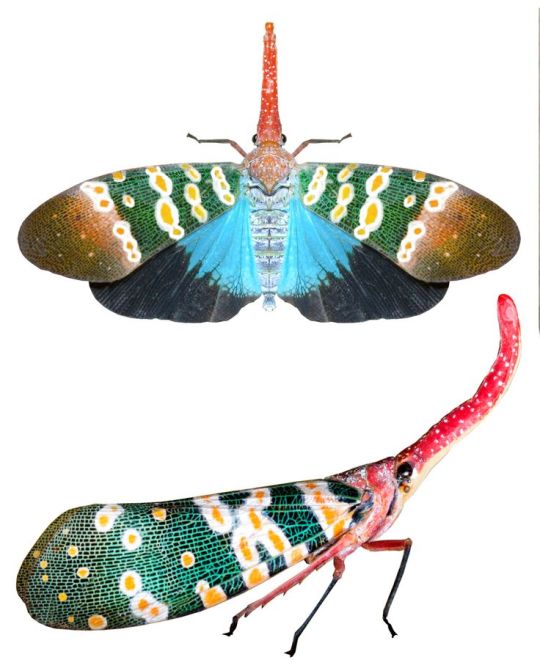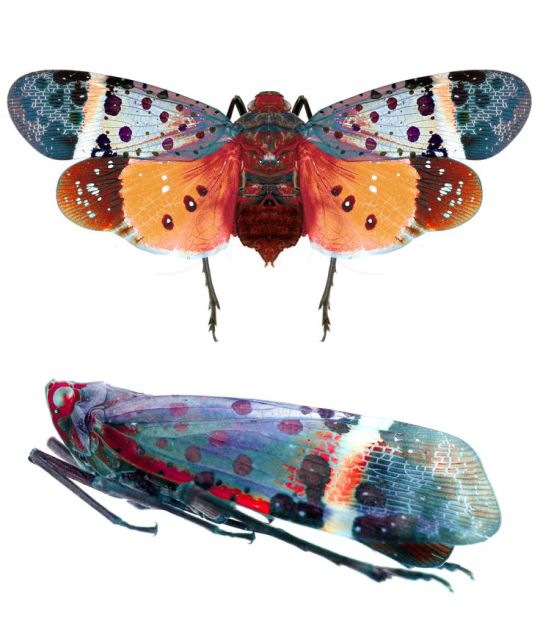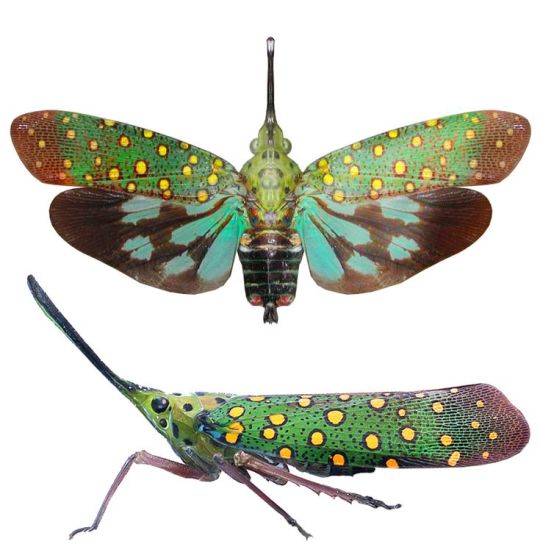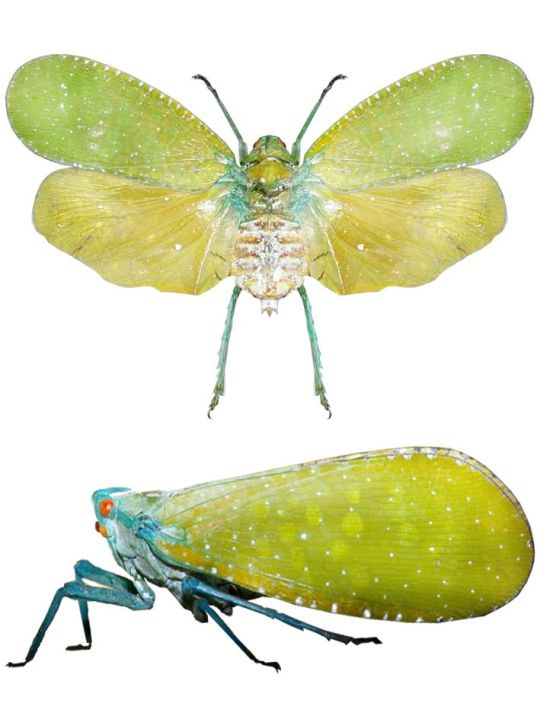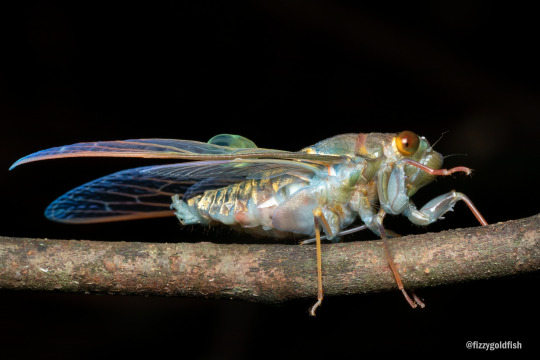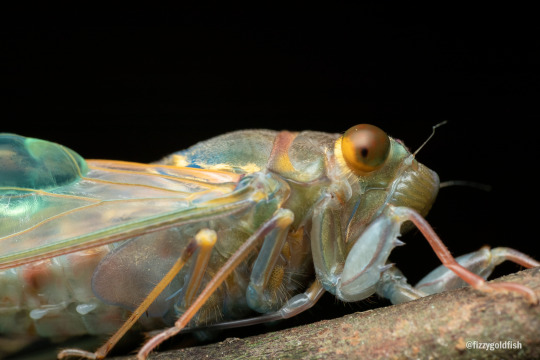Text


citheronia regalis
regal moth
location: north america
x x
816 notes
·
View notes
Photo

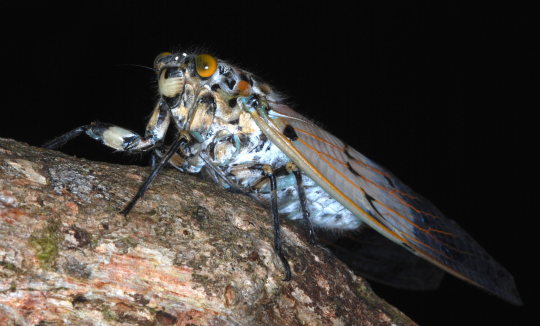



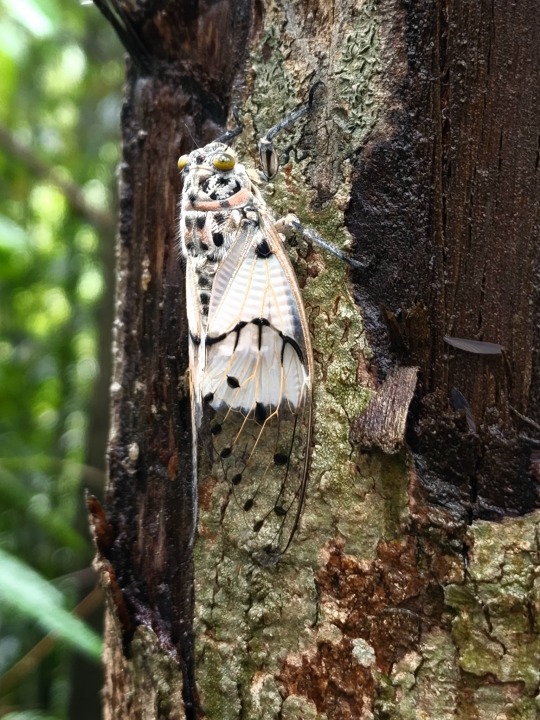

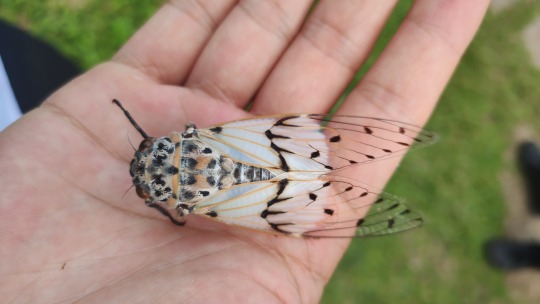
Milky cicada aka white ghost cicada, Ayuthia spectabile, Cicadinae (Translucent Cicadas)
Found in Southeast Asia
Photos 1-2 by Bernard Dupont, 3 by lungchris, 4 by yriassic85, 5 by jackychiangmai, 6 by nomascus, 7 by charliev, and 8 by liuguangyu
2K notes
·
View notes
Photo




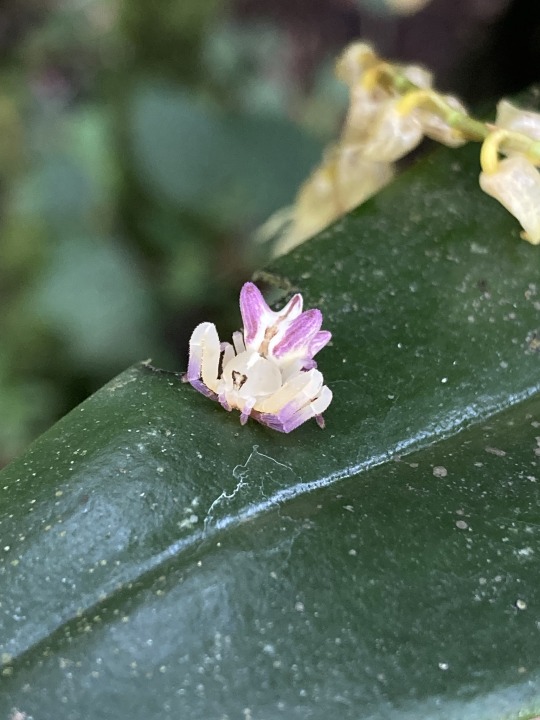
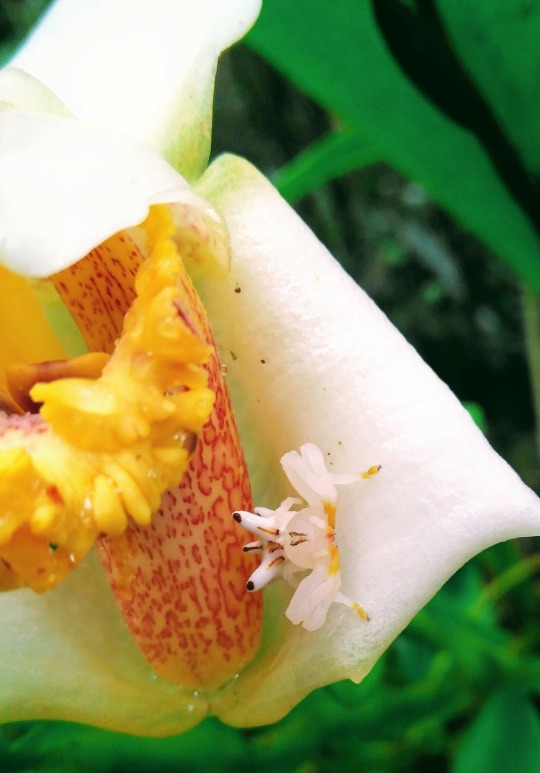




Seven-spined crab spider, Epicadus heterogaster, Thomisidae
Found in Central and South America
Photo 1 by jeanmartins, 2 by nonoauriz, 3-4 by eduardo_chacon, 5 by nbareschu, 6 by cristinarestrepo, 7 by belweyermanns, 8 by rumeltr, and 9-10 by rogerriodias
1K notes
·
View notes
Text


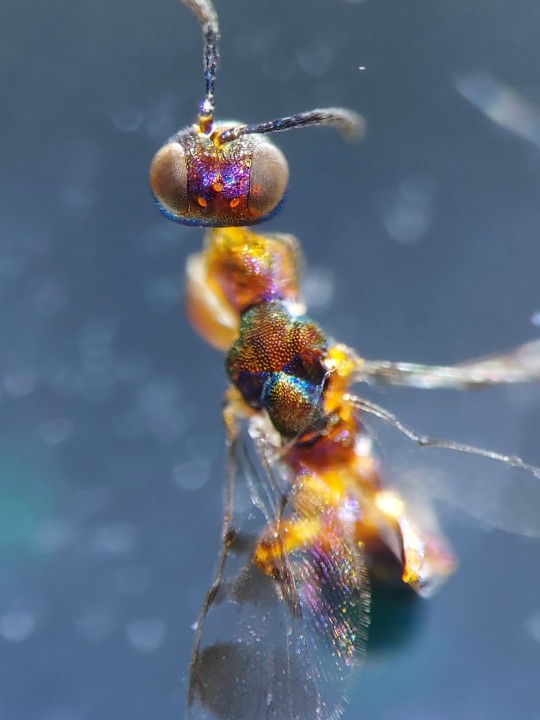
guys look at this lisa frank ass eupelmid wasp i found
174 notes
·
View notes
Note
Better ask, w h a t are true bugs and w h y do they have venomous probiscuses? Probusci? Drinky tube that butterflies have
The word "bug" originally just referred to the insect order Hemiptera, just as "beetle" refers to Coleoptera! Bugs can be shaped a little like beetles, too, but they have only slightly hardened forewings, they have no larval stage, and they're almost the *only* insect group whose mouthparts are fused into nothing but a single straw-like tube.

They also share these traits with the closely related "homoptera," which are the aphids, scale insects, leafhoppers, and cicadas!
To get an idea of just how unusual their fused mouth-tube is, here's a closeup of an assassin bug's:

Literally JUST a spike! But other fluid-feeding insects still have complex multi-part mouths, like a mosquito's:

Many bugs are herbivores and just drink fluids from plant matter, but predatory bugs tend to inject venom and/or digestive enzymes into their prey first!
291 notes
·
View notes
Photo
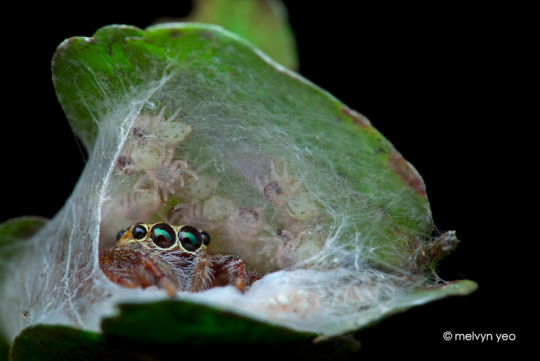
jumping spider mama and her babies
image source
4K notes
·
View notes
Photo



Encyrtid parasitoid wasp, Dicarnosis erythrocephala, Encyrtidae, Chalcidoidea
Some species of Encyrtid wasps exhibit a remarkable developmental phenomenon called polyembryony, in which a single egg multiplies clonally in the host and produces large numbers of identical adult wasps. Even more remarkably, some of the larvae are larger than the others and act in a similar way to the soldiers of eusocial insects, attacking any other wasp larvae already in the body of the host, and dying without reproducing (see: biological altruism).
Photographed in Arizona by froggy143
1K notes
·
View notes
Photo
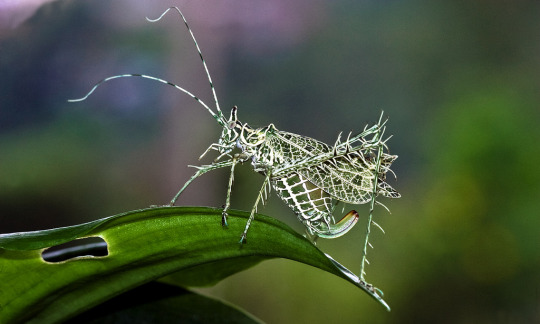
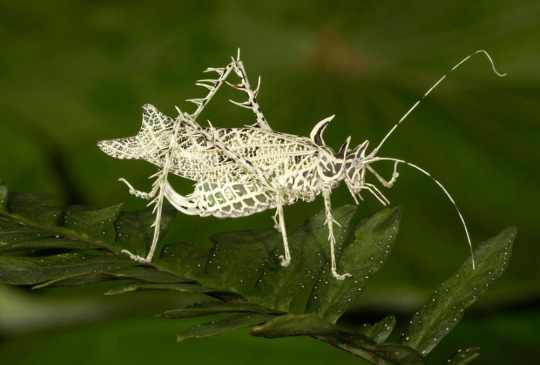
Lichen Katydid - Markia hystrix
Katydids comprise a diverse group of insects particularly well adapted to survival in rainforest because of their exceptional camouflage. Most katydids are well camouflaged with brown or leaflike green markings.
The Lichen Katydid, Markia hystrix (Orthoptera - Tettigoniidae), however, has one of the most incredible camouflages of all. It resembles the pale greenish-white lichens on which it lives in rainforest treetops. Not only does the color match the lichens, but the body and legs have a bizarre assortment of spines and points that blend well with lichens, in fact, so well that this insect is extremely difficult for predator to find.
This astonishing insect is known to occur in Central America (Costa Rica, Panama), Colombia and Ecuador.
References: [1] - [2]
Photo credits: [Top: ©Holguer Lopez | Locality: not indicated, 2013] - [Bottom: ©Robert Oelman | Locality: Colombia-Ecuador, 2007]
7K notes
·
View notes
Photo
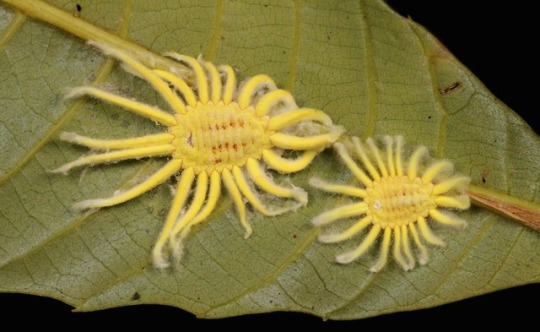
Female Iceryine Scale Insects (Icerya sp., Monophlebidae, Coccoidea)
by Sinobug (itchydogimages) on Flickr.
Pu’er, Yunnan, China
See more Chinese true bugs and hoppers on my Flickr site HERE…..
2K notes
·
View notes
Photo
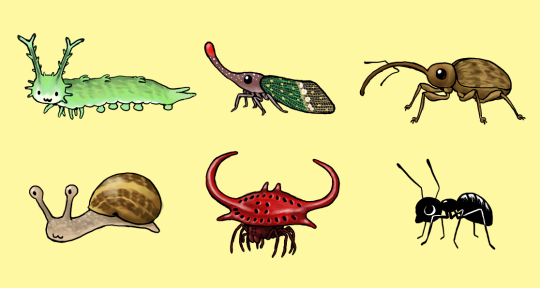
some drawings i made to use as a new store banner
516 notes
·
View notes
Photo
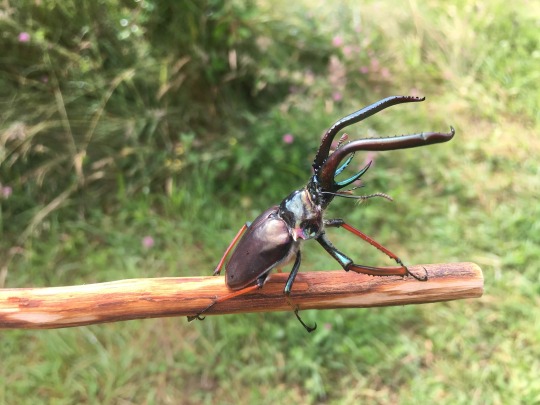



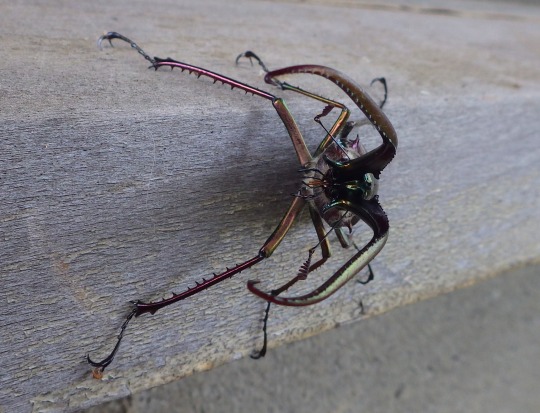
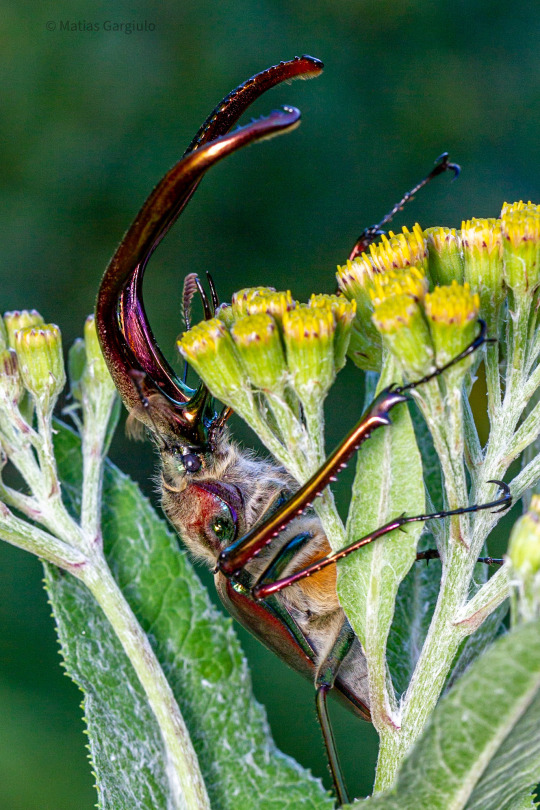


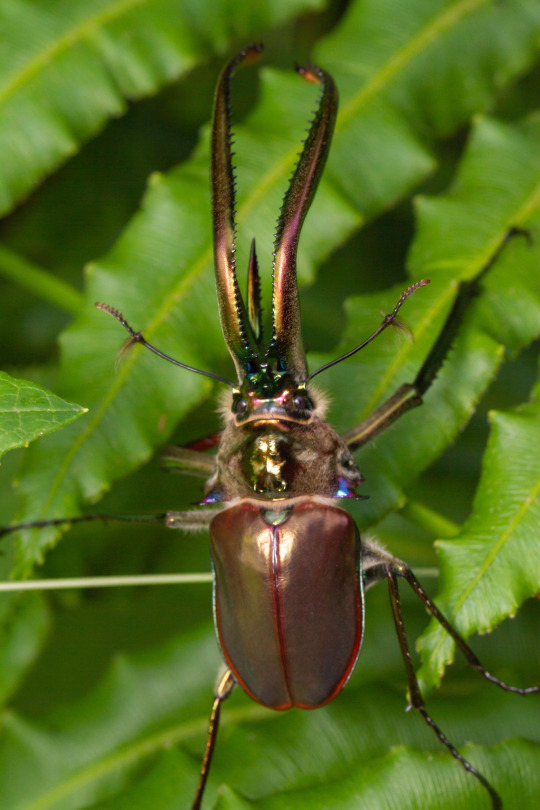
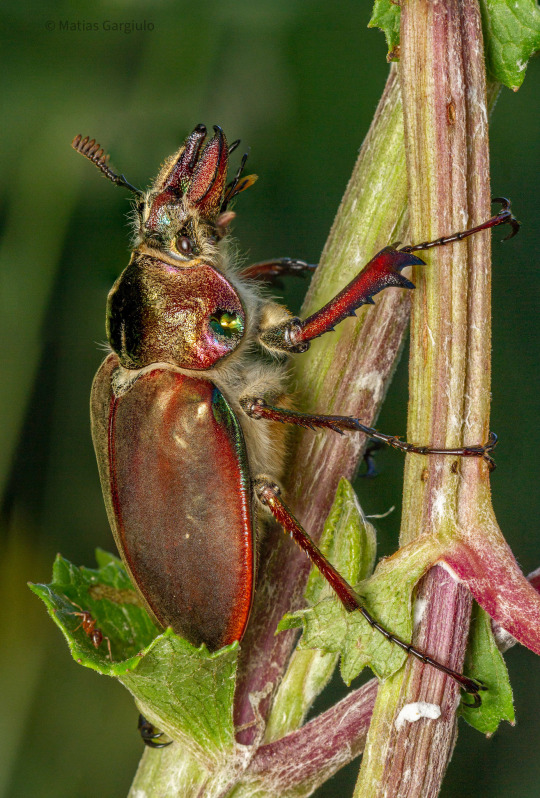
Chilean stag beetle, Chiasognathus grantii, Lucanidae
Found in Chile and Argentina
Photo 1 by aguaraguazu, 2 by edu_bal, 3 by austral_blizzard, 4 by oebarker, 5 by phygelius, 6-9 by mgargiulo, and 10 (female) by mgargiulo
1K notes
·
View notes
Text
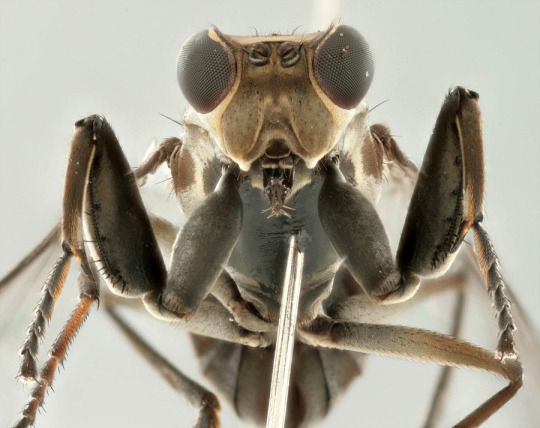
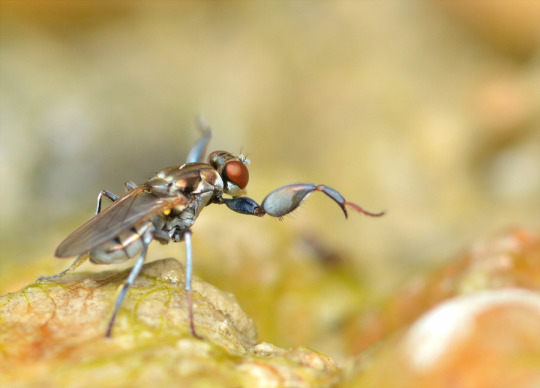
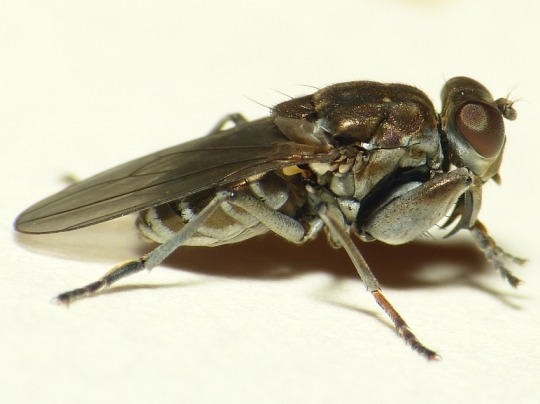
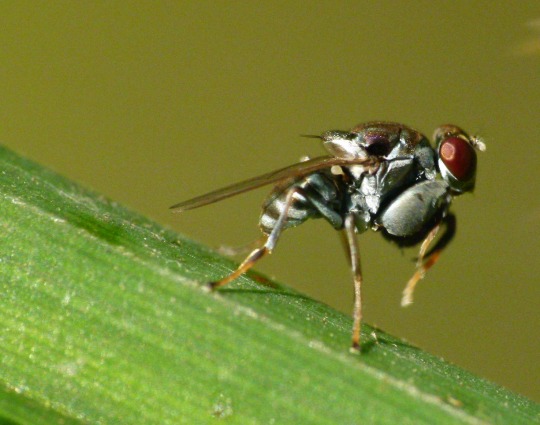
I'm delighted every time I remember flies of the Ochthera genus just convergently evolved to have mantis claws. They're far from the only insects that have (water bugs, water scorpions, ambush bugs, mantidflies of course), but it's just especially funny to see on what otherwise looks like an unassuming (if prettily striped) housefly.
My husband did an article on them here!
1K notes
·
View notes
